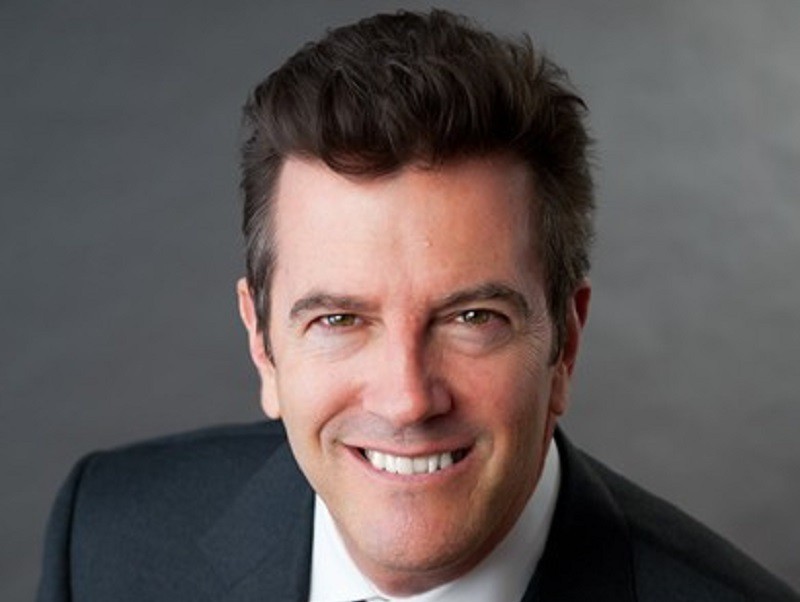Braving the Debt Restructuring Minefield
Avison Young's Jay Maddox lays out the critical changes borrowers are coping with.

Many of our clients are stunned to learn that they are facing significant cash paydowns to renew or extend their maturing commercial real estate mortgages even though their properties are performing. One root of this problem is the gradual shift from utilizing the Debt Yield test to applying the Debt Service Coverage Ratio test.
How we got here
Before the major increase in interest rates that began two years ago, lenders often relied on the debt yield metric when sizing income property loans. The Debt Yield is simply the net operating income divided by the loan amount, which is essentially equivalent to the cap rate on the debt. At the time, the lender’s threshold debt yield was at a premium to both mortgage rates and cap rates…usually in the 6 percent to 8 percent range.
The DSCR test, another commonly utilized loan sizing metric, is the multiple by which the property’s NOI exceeds the estimated debt service. The DCSR will vary with property type, but is typically in the range of 1.20X to 1.40X, meaning that NOI exceeds debt service by a cushion of 20 percent to 40 percent. A lower DCSR implies a lower level of risk, more commonly associated with multifamily and industrial properties.
As a result of the shift to reliance on the DSCR test, today’s loan underwriting is more often constrained. At today’s interest rates, the DSCR test can have dramatic consequences for borrowers when compared to the Debt Yield when the loan was originated.
Massive sticker shock for borrowers
During the wonderful era of “free money” just a few years ago, prevailing mortgage interest rates were 3.0 percent or 4.0 percent, so a 6.0 percent to 8.0 percent debt yield would imply a high DSCR. But, in the current environment, the world is upside down. For example, if we assume a hypothetical $1 million of NOI, yesterday’s 7 percent debt yield would result in $14.3 million multifamily loan with a comfortable 1.29X DSCR assuming a 3.5 percent mortgage rate. However, today’s underwriting metrics (a 1.25X DSCR at 6.5% with 30-year amortization) results in a loan of just $10.4 million, resulting in an implied 9.6 percent debt yield. Assuming the same $1 million of NOI, that would translate to a required paydown of nearly $4 million!
But this is not the full story. On top of the impact of higher interest rates, many properties (especially office and retail) are not performing at the same levels they did several years ago, meaning the current NOI may be lower than the NOI when the loan was originated. Obviously, that adds to an already worrisome situation.
What to do?
Many borrowers who have never had credit problems are now finding themselves at odds with their lenders for the first time. This is because their property no longer qualifies for the loan they currently have, and the lender is unwilling or unable to offer reasonable extension terms. There are many considerations and, in some cases, creative solutions. In times like these, it is vitally important to consult with battle-tested professionals who can guide the owner/investor through the restructuring minefield.
James Maddox, principal, Capital Markets, Avison Young.







You must be logged in to post a comment.